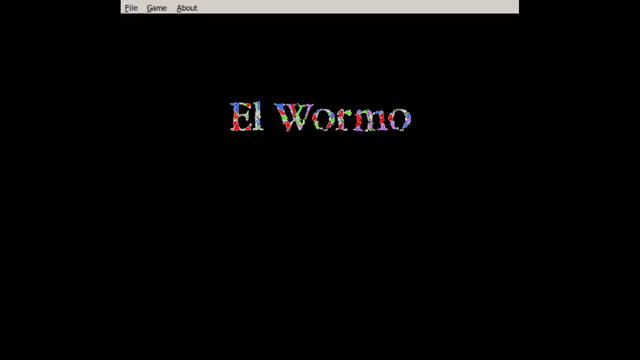Memory Box
0xDEAFBEEF recovers the first music he ever wrote in code, all the way from 1994.
Sold OutExplore ArtworksMemory Box is a look back into my past, through the traces of digital artifacts left behind on the series of personal computers I've used beginning in childhood. Recovering these artifacts is an emotional task for me. The Mac Plus that has been packed and sitting in my parent's basement since 1996, when the screen went dead. The hard drive still contains my programming experiments, and for the past decade I've always had a mind to try to have it recovered. But I've procrastinated, knowing that the data might not be recoverable. It was easier just to let it sit in an unknown state, rather than confirm that it was gone forever. It would be like losing a piece of myself.
Finally I brought myself to have the drive recovered. Pieces of my programs were still present in the computer memory, but they were difficult to decipher. Still, I found myself incredibly relieved to know that pieces are still there. Often there was enough to jog my memory, I needed both the drive, and my brain, to reconstruct these fragments. Which is not unlike how memories work; they are reconstructions, rather than perfect recordings.
My introduction to generative computing was through the Roguelike genre of games. 2d-overhead of dungeon maps, procedurally generated with random placement of walls, objects and creatures. Generativity fascinated me, and it was the primary motivation as a kid to learn to program to design such games. Often, my ambition outstripped my programming abilities, and I would find myself instead making game assets, in particular, pixel art. Originally, I used Mac Paint to make the black-and-white pixel art of characters I imagined.
Later, we upgraded from the Mac Plus to a color Performa model. So I started to make these game assets using color, spending an ungodly amount of time on them. I was very focused on having many details and variations. I imagined that even the designer would perceive the game world as novel, rich and unknown, and ripe for exploration.
I also recovered pieces of the code of a roguelike puzzle game called Bits and Bytes I made on the Mac plus in 1994, though in a more fragmented form. This is a raw hex dump of the data on the hard drive. The filesystem here cannot be read; it's in pieces. The code listing is in a proprietary format, but the text strings that I had in the intro of the game are visible. This was enough to jog my memory to remember how the game worked. It’s built on science fiction tropes. The combat mechanism was puzzle-like. I'm pretty sure I was the only person to ever play it, besides my uncle. None of my friends had a mac and I didn’t share it anywhere. At the time I never expected to be acknowledged for it, I made it purely for my own entertainment.
Several years later, after we upgraded to a PC running Windows 95, I created El Wormo. El Wormo is not just a standard snake clone, it has puzzle like elements, colors that changed in response to the proximity of the snake. Everything is drawn programmatically, rather than being sprites. Although I don't have the code listing, the executable still runs, either on a windows machine or in an emulator, like WINE.
This was the first thing I shared on the internet, the game was distributed via shareware, and submitted to game review sites. Many years later, I actually had someone from Switzerland mail me an envelope that contained a US $10 dollar bill, and a thank you note that they loved the game. That was the most I've ever earned and the most acknowledgement I've ever received to date as a game designer. Before this, money and acknowledgement were not part of my motivation, but I noticed them more at this stage and at this increased level of connectivity.
The earliest computer programming artifact that I could retrieve intact from the Mac Plus was a recreation of Canon in D in code. This was the first piece of music I made with code on a computer. The filesystem still contains the date. This is a BASIC program demonstrating the soundchip of the Mac plus hardware. I modified the program to play Pachelbel’s Canon in D. Hearing this music played through the timbre of mac soundchip gives a strong memory of that time: a feeling when I didn't know much about world, I was just exploring the things that existed in my immediate environment.
A COMPUTER, A PIANO, SOME SHEET MUSIC BOUGHT AT THE NEAREST MUSIC STORE WHICH WAS SEVERAL HOURS AWAY.
I wish I could return to that innocent state. I've actively avoided career choices that take me further away from that ground level. I'd rather be a tinkerer than a manager. I've passed on, and quit many opportunities, to the confusion of people, because I wanted to stay in tight control of how I spend my time, chasing that experience of childhood. Despite those attempts, adult life has a way of catching up. Time gets smaller. Considerations pile up. I've accepted that try as a might, there's no putting the genie back in the bottle, at least not completely.
Part of it is adult life, part of it is the accelerating hyper-connectivity and technological change we experience today. I would like to return, but I know that I can't. I have my memories and artifacts of a simpler time when I could explore freely, contently, with no self awareness or outward considerations. They will have to suffice.

